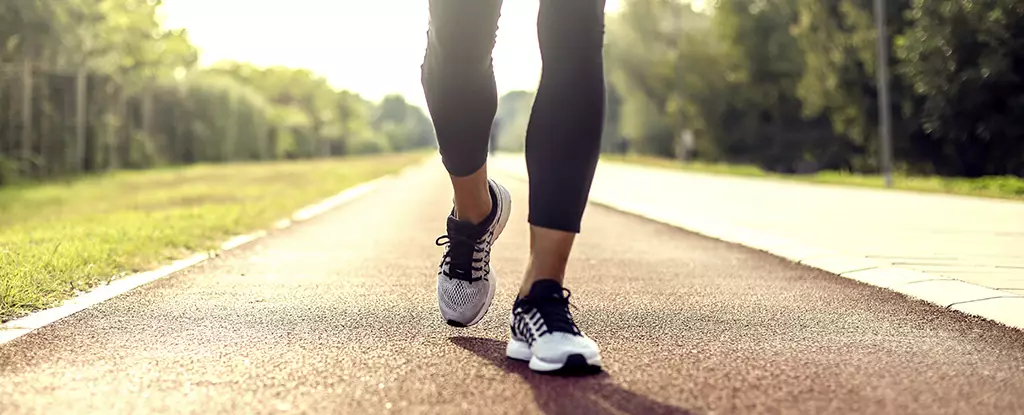Walking has long been championed as a perfect low-impact exercise accessible to all. In a world increasingly obsessed with high-tech solutions and complex fitness regimens, casual walking remains a humble and universal activity. Yet, recent research suggests that the *way* you walk might hold far more promise than merely putting one foot in front of the other. The quiet power of brisk walking—specifically, walking with purpose and speed—can be a potent tool in extending lifespan and safeguarding heart health. This revelation compels us to rethink the simplicity of an activity we’ve often taken for granted, elevating it from routine to a strategic health intervention.
The Importance of Pace Over Duration
The study in question, involving nearly 80,000 adults over an impressive 17-year period, uncovers a compelling association: those who dedicate just 15 minutes daily to brisk walking significantly increase their chances of living longer. What is striking about these findings is that the benefits are not limited to those with abundant leisure time or high incomes; they resonate across socioeconomic divides, particularly benefiting marginalized populations who face systemic barriers to health. The emphasis on walking speed over mere duration highlights a critical nuance: it’s not just about moving, but about moving with intent. Climbing stairs or picking up the pace during your daily routines can have outsized impacts on your cardiovascular well-being.
Addressing Disparities and Accessibility
In many communities, especially among low-income and Black populations, safe public spaces for exercise are scarce, limiting access to health-promoting activities. This study’s conclusions challenge us to consider how public health initiatives can embed the message that brisk walking is a universally accessible form of preventative medicine. It’s a call for policymakers and community leaders to prioritize the creation of safe walking corridors and to promote exercise that is realistic for all economic backgrounds. The power of a simple walk, if harnessed and encouraged through community support, could serve as a leveller—a universal prescription that transcends socioeconomic barriers.
The Science Behind the Speed
From a physiological perspective, faster walking induces a greater workload on the heart, similar to more intense aerobic activities. This increased effort stimulates cardiovascular health, enhances circulation, and helps regulate weight—all crucial factors in preventing chronic illnesses like heart disease and diabetes. Importantly, the study’s focus on low-income and Black communities underscores that exercise intensity, not just frequency, can be the critical variable in reducing mortality. When we walk purposefully rather than passively, we tap into a simple yet powerful method of proactive health management. It’s a form of empowerment—transforming an everyday activity into an act of resistance against preventable death.
Rethinking Public Health Messaging
The challenge now lies in how to motivate the masses to adopt faster walking routines. Traditional campaigns often emphasize duration without emphasizing pace, and that’s a missed opportunity. Public health strategies should promote the idea that walking with a little more energy—whether it’s brisk pace on commute or climbing stairs—can be as vital as more structured exercise programs. Community-based initiatives could incorporate walking clubs, urban planning that incentivizes active transit, and educational campaigns to shift perceptions. These measures, rooted in accessibility and empowerment, could foster a cultural shift toward more purposeful movement within daily life.
The Broader Implication: Reclaiming Simplicity for Greater Good
In an era bombarded with high-tech fitness trackers and complicated workout routines, the power of walking fast is a stark reminder that some of the most effective health interventions are surprisingly simple. The modest act of picking up the pace during your daily walk can serve as a potent weapon against premature death and cardiovascular disease. It’s about reclaiming the fundamental, accessible activity that our ancestors practiced instinctively—dynamic, purposeful movement that integrates seamlessly into modern life. In doing so, we challenge the misconception that health improvements require costly equipment or time-consuming gym sessions, proving instead that change begins with a few deliberate steps in the right direction.


Leave a Reply